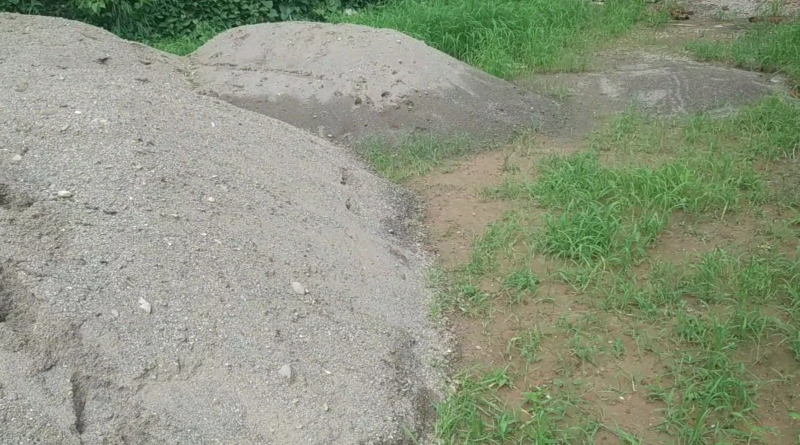which sand is best for plastering ?
Sand is a naturally occurring granular material composed of finely divided rock and mineral particles. It provides the structure of plaster, and the quality of your sand can make the difference between success and failure.
Basically river sand are used for any plastering work. Generally, in any plastering work plasterers are used natural sand, crushed stone sand or crushed gravel sand. Though, there is a grading limit of sand which are used in plastering work. Other types of sand will also work, but it could be more expensive to use. so use every Available soil just follow the following specifications :
The main thing is that the sand used for plaster should b follows specification conform to IS 1542: 1992,
Quality of Sand:
- The sand shall be hard, durable, clean and free from adherent coatings and organic matter and shall not contain clay, silt and dust .
- The sand shall not contain any harmful impurities, such as, iron pyrites, alkalies, salts, coal, mica, shale etc.
- IS 2250: 1981, of mortar cubes composed of 1:6 its average compressive strength, shall be not less than 3 N/mm2 at 28 days.
- Sand used for plaster work can be natural sand, crushed stone sand or crushed gravel sand. The grading limit of sand for plaster work for internal and external wall and ceiling should be as given in the table below.
| IS Sieve Size | %age Passing |
| 10 mm | 100 |
| 4.75 mm | 95 – 100 |
| 2.36 mm | 95 – 100 |
| 1.18 mm | 90 – 100 |
| 600 micron | 80 – 100 |
| 300 micron | 20 – 65 |
| 100 micron | 0 – 15 |
- NOTE – For crushed stone sands and crushed gravel sands, the permissible limit on 150 micron IS Sieve is increased to 20 %. This does not affect the 5% allowance permitted.
- The fineness modulus of sand shall be not less than 1.4 in case of crushed stone sands and crushed gravel sands and not less than 1.5 in case of naturally occurring sands.
- Silt Content should be less than 3% by weight

